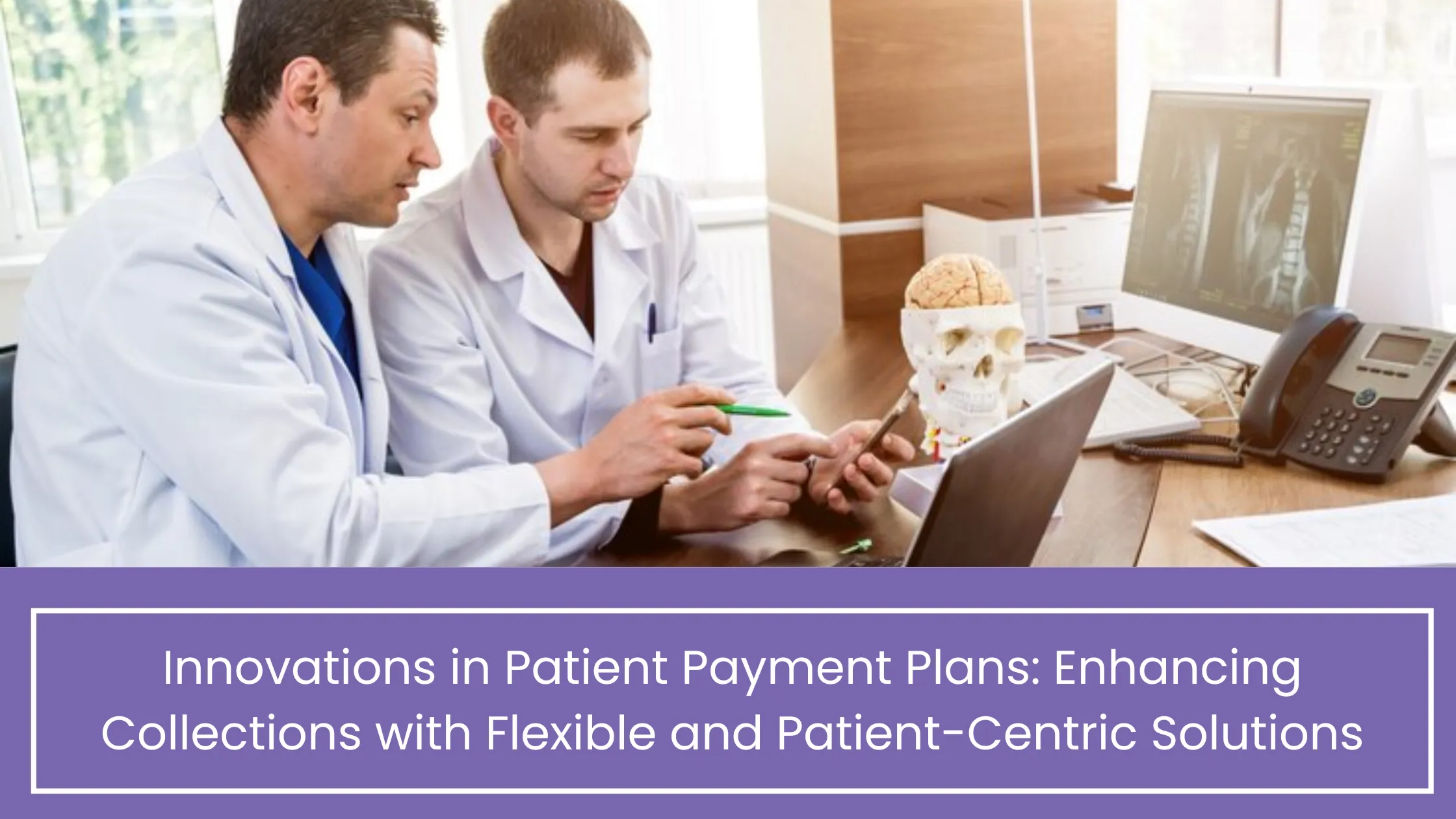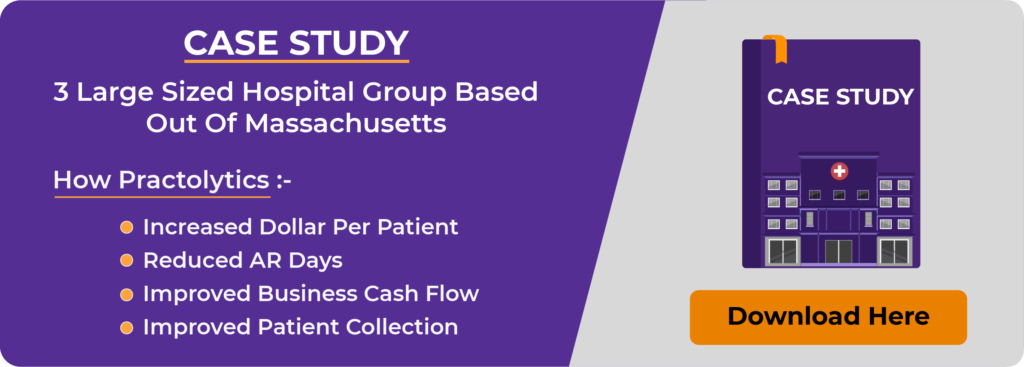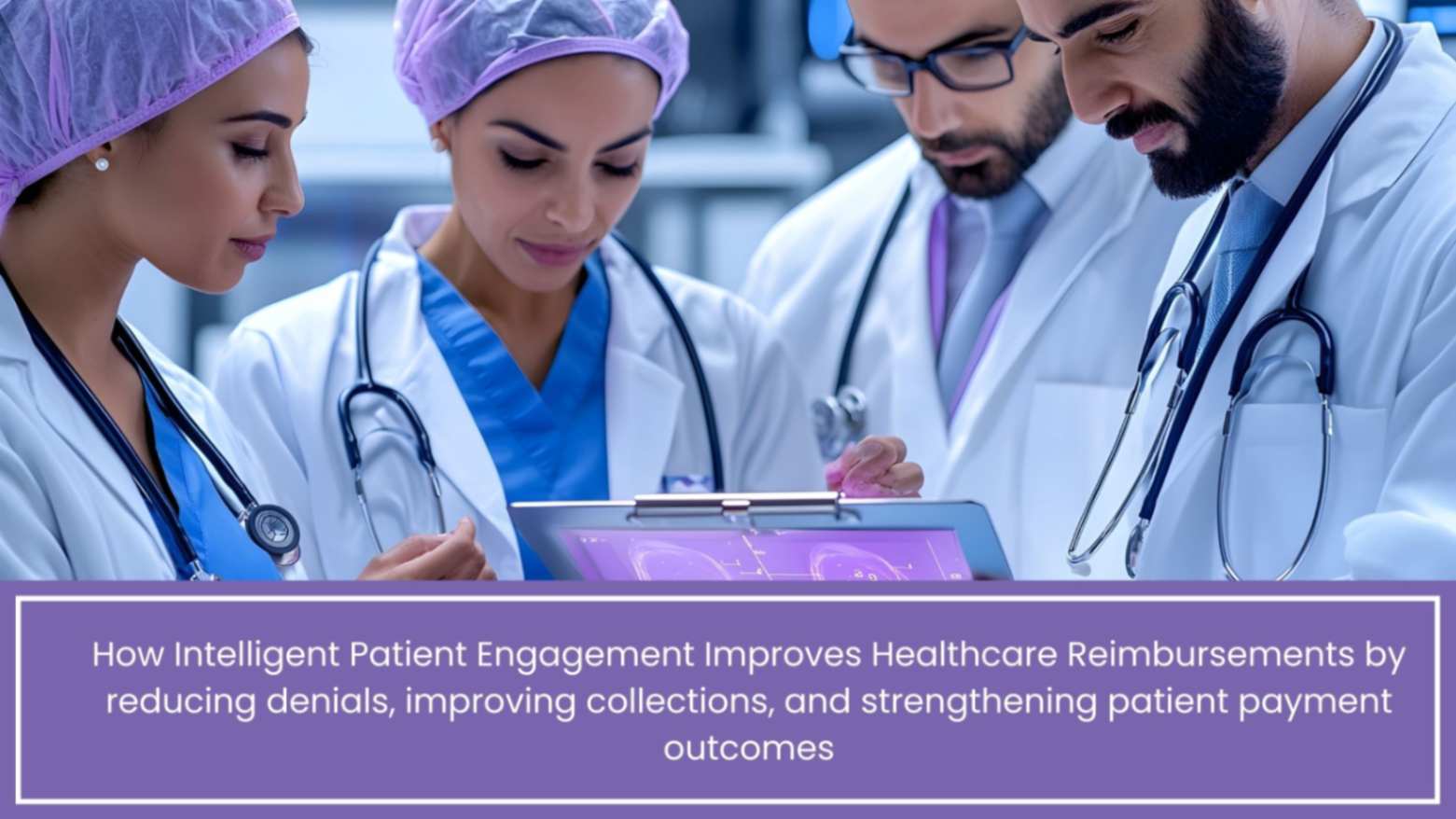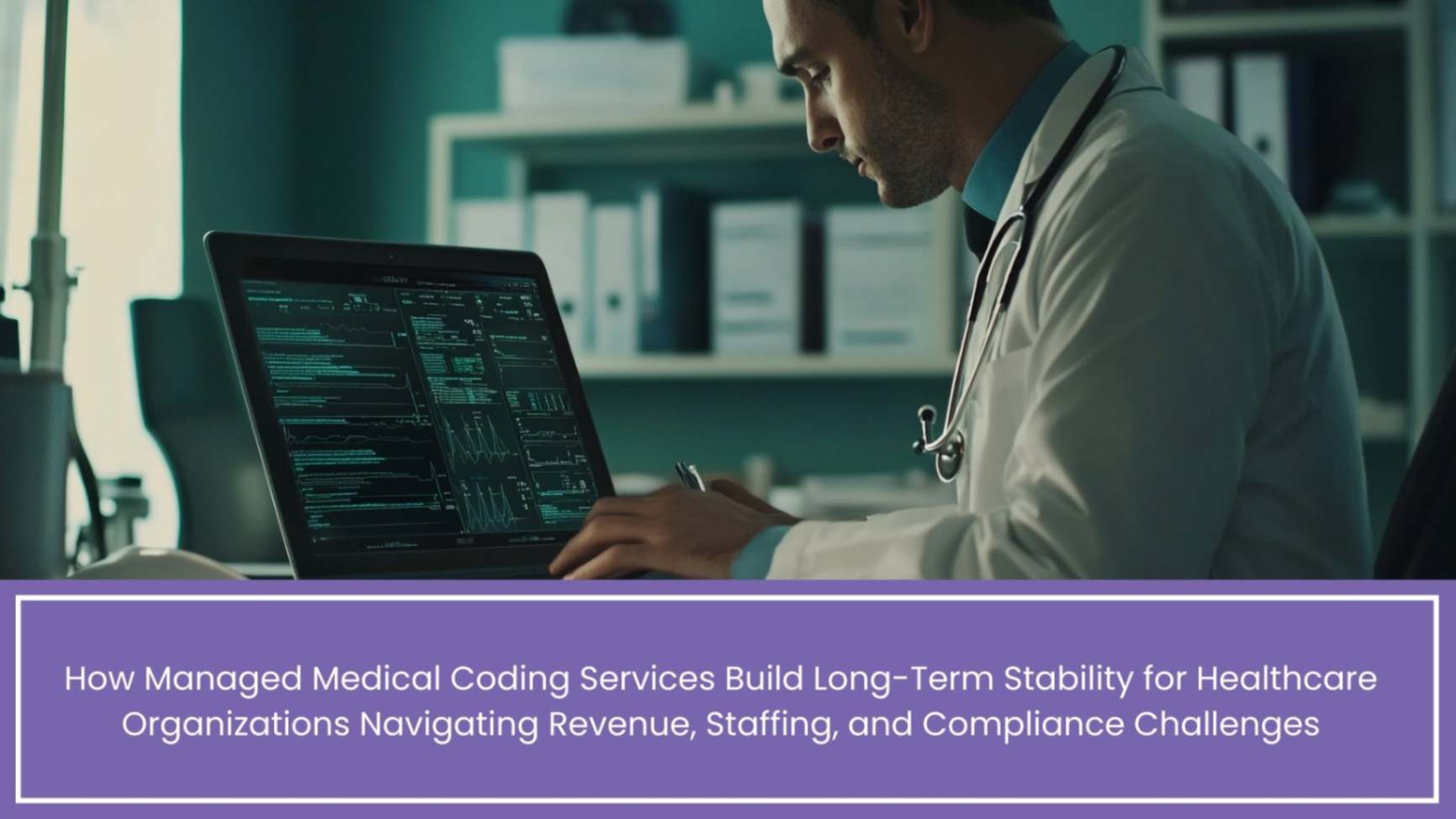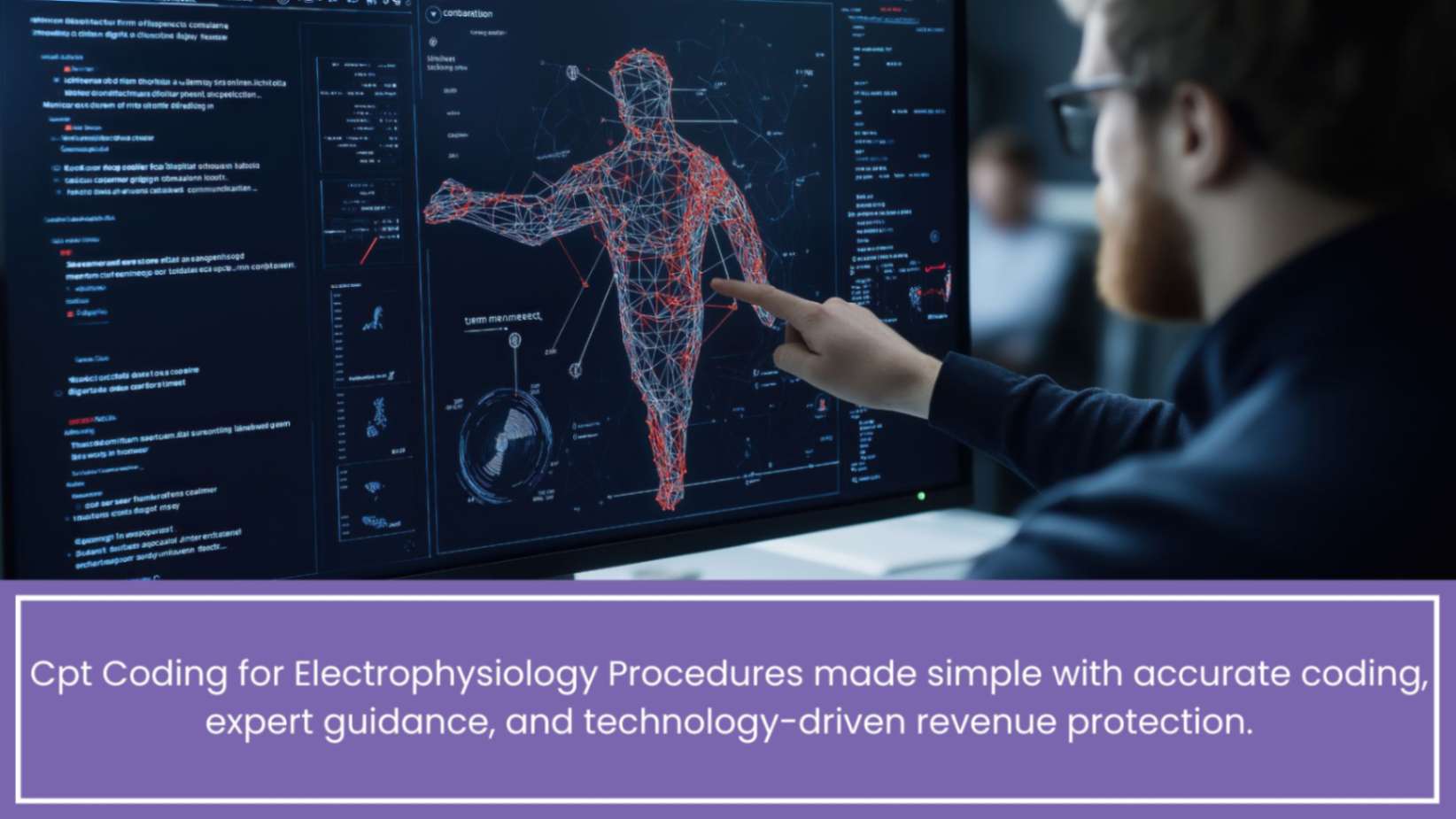Innovations in Patient Payment Plans: Enhancing Collections with Flexible and Patient-Centric Solutions
In the rapidly evolving landscape of healthcare, patient payment solutions have emerged as a critical aspect of revenue cycle management (RCM). The transition from traditional fee-for-service models to value-based care, coupled with rising healthcare costs and increasing patient responsibility, has necessitated more flexible and patient-centric payment solutions. Today’s healthcare consumers expect more than just quality care; they demand financial options that align with their unique circumstances. The need for innovations in patient payment plans is more pressing than ever, as healthcare providers strive to enhance collections while maintaining positive patient relationships.
Practolytics is at the forefront of this transformation, offering advanced solutions to streamline and optimize patient payments solutions. By leveraging cutting-edge technology and data-driven insights, Practolytics helps healthcare providers implement flexible payment options, automate billing processes, and personalize financial counselling. This blog explores how Innovations in Patient Payment Plans Enhancing Collections with Flexible and Patient-Centric Solutions reshaping the RCM landscape. From technology-driven platforms and predictive analytics to automated payment solutions, we delve into the strategies that are helping healthcare providers enhance collections and improve patient satisfaction.
Table of Contents
Shift Towards Patient-Centric Payment Solutions
The traditional approach to healthcare payments solutions often involved sending bills after services were rendered, with little to no flexibility in payment options. This one-size-fits-all model is increasingly inadequate in today’s healthcare environment, where patients face higher out-of-pocket costs due to high-deductible health plans (HDHPs) and complex insurance structures.
Shift towards patient-centric payment solutions is driven by several key factors:
- Rising Patient Financial Responsibility: With the growth of HDHPs, patients are responsible for a larger portion of their healthcare costs. This has led to increased demand for payment options that accommodate their financial capabilities.
- Consumer Expectations: Patients now expect the same level of convenience in healthcare payments as they do in other industries. They want transparency, multiple payment options, and the ability to manage their healthcare expenses seamlessly.
- Regulatory Pressures: Regulations such as the No Surprises Act have emphasized the need for transparency in medical billing and payment processes, pushing providers to offer more patient-friendly payment solutions.
- Technological Advancements: The rise of digital health technologies has enabled the development of innovative payment platforms that offer greater flexibility and convenience to patients.
Innovative Payment Solutions
Automation is at the forefront of innovation in payment solutions for healthcare providers. Automated payment plans allow patients to set up recurring payments for their medical bills, spreading the cost over time and reducing the burden of a large one-time payment. This approach offers several benefits:
- Predictable Revenue for Providers: Automated payment plans provide a steady stream of revenue, reducing the risk of unpaid bills and improving cash flow.
- Convenience for Patients: Patients can avoid the stress of managing multiple bills by setting up automatic payments that align with their financial situation.
- Reduced Administrative Burden: Automation reduces the administrative work involved in tracking and collecting payments, allowing staff to focus on more value-added activities.
Providers can offer these plans through various channels, including online patient portals, mobile apps, and in-person during the billing process. The flexibility to choose the payment frequency and amount further enhances patient satisfaction.
Interest-Free Financing Options
Interest-free financing has become a popular option for patients who need more time to pay their medical bills. By partnering with third-party financing companies, healthcare providers can offer interest-free payment plans that allow patients to spread their payments over several months without accruing interest.
- Increased Affordability: Interest-free financing makes it easier for patients to manage large medical expenses, reducing the likelihood of bad debt.
- Improved Patient Satisfaction: Patients appreciate the flexibility of paying over time without the added burden of interest, leading to higher satisfaction and loyalty.
- Enhanced Collections: By offering interest-free financing, providers can increase the likelihood of full payment, as patients are more likely to commit to a plan they can afford.
These financing options are often integrated into the provider’s billing system, making it easy for patients to enroll and manage their payments.
Predictive Analytics for Payment Plan Customization
The use of predictive analytics in healthcare has expanded beyond clinical applications to include financial management. By analyzing patient data, including income levels, payment history, and insurance coverage, providers can create customized payment plans tailored to each patient’s financial situation.
- Personalized Payment Plans: Predictive analytics can identify patients who may struggle to pay their bills and offer them tailored payment options that meet their needs.
- Reduced Risk of Default: By understanding a patient’s financial behavior, providers can offer payment plans that align with their ability to pay, reducing the risk of default.
- Improved Patient Engagement: Personalized payment plans demonstrate that the provider understands and cares about the patient’s financial well-being, leading to increased trust and engagement.
This approach not only enhances the patient experience but also optimizes collections by offering payment plans that patients are more likely to adhere to.
Integrated Payment Platforms
Integrated medical payment solutions streamline the payment process by consolidating multiple payment options into a single, user-friendly interface. These platforms can be accessed via patient portals, mobile apps, or even at the point of service, providing patients with a seamless payment experience.
- Multiple Payment Options: Integrated platforms allow patients to choose from various payment methods, including credit cards, debit cards, digital wallets, and bank transfers.
- Real-Time Payment Processing: Payments are processed in real-time, reducing delays and ensuring that payments are recorded accurately.
- Comprehensive Financial Management: Patients can view their billing history, set up payment plans, and manage their accounts from a single platform, making it easier to stay on top of their healthcare expenses.
These platforms also benefit providers by reducing payment processing time, minimizing errors, and providing detailed analytics on payment trends and patient behavior.
Patient Financial Counseling
Patient financial counseling is a proactive approach to managing patient payments. By offering financial counseling services, providers can help patients understand their billing and payment options, navigate insurance complexities, and choose the best payment plan for their situation.
- Enhanced Patient Understanding: Financial counselors can explain the details of the bill, the available payment options, and any potential financial assistance programs, helping patients make informed decisions.
- Increased Patient Satisfaction: Patients who receive financial counseling are more likely to feel supported and valued, leading to higher satisfaction and loyalty.
- Improved Payment Compliance: Patients who understand their payment options and have a clear plan in place are more likely to adhere to their payment commitments, improving collections.
Financial counseling can be offered in-person, over the phone, or via telehealth platforms, making it accessible to a wide range of patients.
Telehealth Integration for Billing and Payments
As telehealth continues to grow in popularity, integrating payment solutions into telehealth platforms has become essential. Telehealth integration allows patients to pay for their virtual visits seamlessly, without the need to navigate separate billing systems.
- Convenience for Patients: Patients can pay for their telehealth visits immediately after the session, using the same platform they used for the appointment.
- Improved Cash Flow: Providers can collect payments more quickly, reducing the time between service delivery and payment collection.
- Enhanced Patient Experience: A seamless payment process within the telehealth platform improves the overall patient experience, making telehealth a more attractive option.
By integrating payment solutions into telehealth platforms, providers can ensure that patients receive a consistent and convenient experience, regardless of how they access care.
AI-Powered Payment Assistance Tools
Artificial intelligence (AI) is playing an increasingly important role in patient payment plans. AI-powered payment assistance tools can analyze patient data to provide personalized payment recommendations, automate payment reminders, and even predict the likelihood of payment default.
- Personalized Payment Recommendations: AI tools can suggest the most appropriate payment plan based on the patient’s financial situation, ensuring that they can afford their payments.
- Automated Payment Reminders: AI can send personalized payment reminders via text, email, or phone, reducing the likelihood of missed payments.
- Predictive Default Analysis: AI can analyze patterns in payment behavior to predict which patients are at risk of defaulting on their payments, allowing providers to intervene early.
These AI-powered tools not only enhance patient payment compliance but also improve the efficiency of the billing and collections process.
Mobile Payment Solutions
With the rise of mobile technology, mobile payment solutions have become a key innovation in patient payment plans. Mobile payment apps allow patients to pay their bills, set up payment plans, and manage their accounts from their smartphones or tablets.
- Convenience and Accessibility: Mobile payment solutions provide patients with the flexibility to manage their healthcare payments on the go, at any time and from anywhere.
- Increased Patient Engagement: Mobile apps can send push notifications for payment reminders, new bills, and payment confirmations, keeping patients engaged and informed.
- Streamlined Payment Process: Mobile payment solutions simplify the payment process, reducing the time and effort required to pay bills and manage accounts.
As more patients adopt mobile technology, offering mobile payment solutions has become essential for healthcare providers looking to enhance collections and improve patient satisfaction.
Digital Wallets and Contactless Payments
The adoption of digital wallets and contactless payment methods has accelerated in recent years, particularly in response to the COVID-19 pandemic. Healthcare providers are increasingly offering these options to meet the demand for safe, convenient, and fast payment methods.
- Enhanced Security: Digital wallets offer enhanced security features, such as encryption and tokenization, reducing the risk of payment fraud.
- Faster Transactions: Contactless payments are processed quickly, reducing wait times and improving the patient experience.
- Increased Payment Flexibility: Patients can link multiple payment methods to their digital wallets, providing greater flexibility in how they pay for their healthcare services.
By adopting digital wallets and contactless payments, providers can offer patients a modern, secure, and efficient payment experience.
Transparent Pricing Models
Transparency in healthcare pricing has become increasingly important as patients take on more financial responsibility for their care. Transparent pricing models provide patients with clear, upfront information about the cost of their care, allowing them to make informed decisions and plan their payments accordingly.
- Upfront Cost Estimates: Providers can offer upfront cost estimates based on the patient’s insurance coverage and the services they will receive, reducing the likelihood of surprise bills.
- Clear Communication: Transparent pricing models involve clear communication about what is included in the cost of care, any potential additional charges, and the available payment options.
- Increased Trust and Satisfaction: When patients have a clear understanding of their costs, they are more likely to trust their provider and feel satisfied with their care.
Transparent pricing models not only improve patient satisfaction but also reduce the likelihood of disputes and unpaid bills, leading to better financial outcomes for providers.
Role of Technology in Advancing Patient Payment Plans
Technology plays a pivotal role in the development and implementation of innovative patient payment plans. From AI-driven analytics to mobile apps and integrated payment platforms, technology is enabling providers to offer more flexible, convenient, and personalized payment options.
- Electronic Health Records (EHR) Integration:
integrating payment solutions with EHR systems allows providers to offer a seamless experience for patients. EHR integration enables providers to access patient financial data, insurance information, and billing history, allowing for more accurate cost estimates and personalized payment plans.
- Patient Portals:
Patient portals have become a central hub for managing healthcare payments. By offering payment options, billing history, and financial counseling through patient portals, providers can empower patients to take control of their healthcare expenses.
- Blockchain for Secure Payments:
Blockchain technology is emerging as a potential solution for secure healthcare payments. By offering a decentralized and tamper-proof ledger, blockchain can ensure the security and accuracy of payment transactions, reducing the risk of fraud and errors.
- Telehealth Payment Integration:
As telehealth becomes more prevalent, integrating payment solutions into telehealth platforms ensures a consistent and convenient payment experience for patients, regardless of how they access care.
Challenges and Considerations
While innovations in patient payment plans offer significant benefits, they also come with challenges and considerations that providers must address:
- Implementation Costs: Implementing new payment technologies and platforms can be costly, requiring investment in software, training, and integration with existing systems.
- Patient Adoption: Not all patients are comfortable with or have access to digital payment solutions. Providers must offer a range of payment options to accommodate different patient preferences.
- Data Security: The use of digital payment platforms and AI tools raises concerns about data security and patient privacy. Providers must ensure that their payment solutions comply with regulations such as HIPAA and the GDPR.
- Regulatory Compliance: Providers must navigate a complex regulatory environment when implementing new payment solutions, ensuring that they comply with laws and regulations related to billing, collections, and patient financial interactions.
Innovations in patient payment plans are transforming the way healthcare providers manage revenue cycle management and interact with patients. By offering flexible, patient-centric payment solutions, providers can enhance collections, improve patient satisfaction, and build stronger patient relationships. From automated payment plans and interest-free financing to AI-powered payment assistance and transparent pricing models, the tools and strategies discussed in this blog represent the future of healthcare payments.
As the healthcare landscape continues to evolve, providers must stay ahead of the curve by adopting innovative payment solutions that meet the needs of today’s healthcare consumers. Practolytics is uniquely positioned to support this transition with its comprehensive suite of advanced tools and technology. By integrating Practolytics into their revenue cycle management strategies, providers can leverage cutting-edge automation, predictive analytics, and seamless payment solutions to streamline billing processes and enhance patient engagement. Practolytics’ solutions ensure that practices not only adapt to changing financial landscapes but also optimize their collections and patient interactions.
By embracing these innovations from Practolytics, healthcare providers can navigate the challenges of modern healthcare, deliver exceptional value to their patients, and secure the financial sustainability of their practice.
ALSO READ – Top Benefits of Outsourcing the Medical Billing Process
Talk to Medical Billing Expert Today — Get a Free Demo Now!


